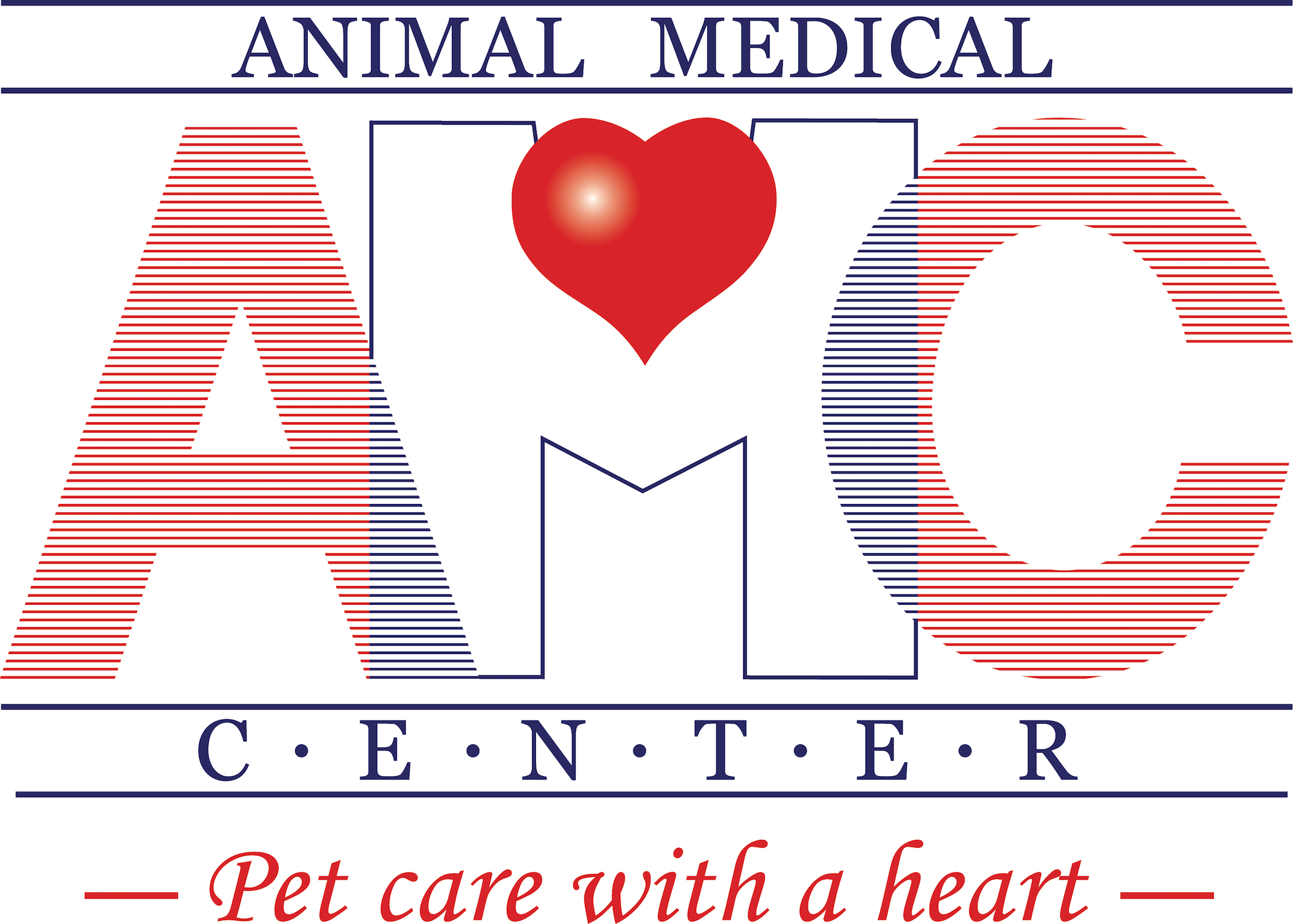Tritrichomonas in Cats
What is tritrichomonas?
 Tritrichomonas blagburni (also known as Tritrichomonas foetus) is a single-celled parasite that is very mobile, as it has a whip-like “tail” (flagella) that allows it to move freely through liquids.
Tritrichomonas blagburni (also known as Tritrichomonas foetus) is a single-celled parasite that is very mobile, as it has a whip-like “tail” (flagella) that allows it to move freely through liquids.
In cows, a different parasite with the same name (Tritrichomonas foetus) causes reproductive problems. Despite sharing the name, the parasites are different, so the name of the parasite that infects cats was changed to Tritrichomonas blagburni; however, as the name change is new, they may be used interchangeably.
How are cats infected with tritrichomonas?
Cats are infected with tritrichomonas by accidentally ingesting the parasite when they drink contaminated water, groom an infected cat, or groom themselves after being contaminated with infected feces, litter, or bedding.
Close contact makes infection easier, so cats that live with large numbers of other cats are at higher risk of infection (e.g., cats in shelters or catteries). Younger cats are more likely to be infected.
What are the clinical signs of tritrichomonas?
Tritrichomonas infects the last segment of the small intestine and the colon, damaging the cells of the intestinal lining and causing inflammation. Some cats may have no symptoms, but signs of infection may include:
- Diarrhea (can be chronic or intermittent, and may have a foul odor)
- Diarrhea that doesn’t respond to standard medications, including antibiotics or anti-protozoal medications
- Diarrhea that contains blood and/or mucus
- Significant anal irritation
- Fecal incontinence
How is tritrichomonas diagnosed?
A diagnosis of tritrichomonas infection requires finding tritrichomonas in the feces; however, this is not always easy to do. A typical fecal float is unlikely to show the parasite.
Three tests may identify a tritrichomonas infection:
- Direct Fecal Smear: This test examines fresh feces mixed with saline under the microscope. The parasite may be seen using this method, but the likelihood is low.
- Fecal Culture: This test requires a special kit to support parasite growth and replication while suppressing the growth of bacteria typically found in feces. A small sample of feces is placed (inoculated) in the culture kit. The culture kit is examined daily for the presence of the organism, for up to 12 days.
- Polymerase Chain Reaction (PCR): This test can detect even tiny amounts of tritrichomonas DNA in a fresh fecal sample. It can give a false negative result if the fecal sample is older, dried out, formed, or has litter in it.
Unfortunately, none of these tests will detect a tritrichomonas infection every time. Your cat may be infected even if the test is negative. For all methods, detection is limited if your cat has been on antibiotics recently, if the fecal sample was not fresh, or if the fecal sample was contaminated with litter.
Your veterinarian will let you know how they wish to obtain the fresh fecal sample for testing. Your veterinarian may also recommend repeat testing or a different test method if they suspect tritrichomonas infection in your cat.
When a positive test is obtained, your veterinarian may recommend testing all cats in the home to detect symptom-free carriers.
What is the treatment for tritrichomonas?
Treatment of tritrichomonas is directed at controlling diarrhea and reducing reinfection. Treatment is not generally recommended in cats that are symptom-free.
Although not FDA-approved for use in cats, ronidazole is the only medication that has resulted in significant improvement in diarrhea. Ronidazole can have an adverse effect on the central nervous system, so you must carefully follow directions for administration. Contact your vet if you notice any changes in your pet’s health or behavior while on this medication.
Usually, diarrhea will improve in a few days and stools become normal after two weeks of treatment. Your veterinarian may recommend follow-up fecal testing. Cats undergoing treatment with ronidazole should be quarantined from other cats to reduce re-infection from possible carrier cats and limit infection of non-carriers. The home must be thoroughly disinfected regularly, including litterboxes, bedding, and kennels.
Your veterinarian may also recommend feeding a high-fiber diet to improve colon health and reduce inflammation. Probiotics may also be considered.
If not treated, most (but not all) cats will recover on their own within two years, remaining infected but symptom-free.
Can I get tritrichomonas from my cat?
Tritrichomonas is not known to be zoonotic (passes from animals to humans); however, immunocompromised persons should avoid contact with animal feces.
© Copyright 2025 LifeLearn Inc. Used and/or modified with permission under license. This content written by LifeLearn Animal Health (LifeLearn Inc.) is licensed to this practice for the personal use of our clients. Any copying, printing or further distribution is prohibited without the express written consent of LifeLearn. This content does not contain all available information for any referenced medications and has not been reviewed by the FDA Center for Veterinary Medicine, or Health Canada Veterinary Drugs Directorate. This content may help answer commonly asked questions, but is not a substitute for medical advice, or a proper consultation and/or clinical examination of your pet by a veterinarian. Please contact your veterinarian if you have any questions or concerns about your pet’s health. Last updated on Jul 25, 2025.

